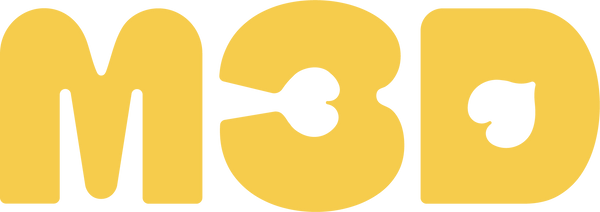
How to repot a plant safely
Share
Repotting a plant means moving a plant to a larger pot with fresh soil to encourage growth, allow better roots to take hold, and bigger and healthier leaves to grow. It can also be a pretty stressful experience...
Here are the steps you can follow to repot your plant safely:
- Choose a new pot: Choose a new pot that is one size larger than the current pot. The new pot should have drainage holes in the bottom (one of the features of the planters we created).
- Prepare the new pot: Fill the new pot with fresh potting soil, leaving enough space at the top for the plant.
- Water the plant: Water the plant a few hours before repotting to help ease it out of the old pot.
- Remove the plant from the old pot: Turn the old pot upside down and gently tap the bottom to loosen the plant. Carefully pull the plant out, being careful not to damage the roots.
- Inspect the roots: Inspect the roots for any damage or signs of disease. Trim any dead or damaged roots with sterilized scissors.
- Repot the plant: Place the plant in the new pot, making sure the soil level is the same as it was in the old pot. Add fresh soil around the plant, pressing it down gently.
- Water the plant: Water the plant thoroughly, making sure the soil is moist but not waterlogged.
- Care for the plant: Place the plant in a suitable location and continue to care for it as usual.
Remember to avoid repotting during the plant's dormant period, which can cause unnecessary stress on the plant. It's best to repot in the spring or summer when the plant is actively growing.



